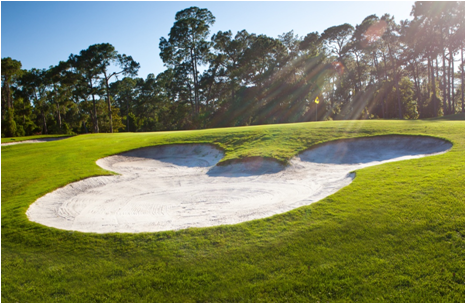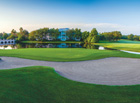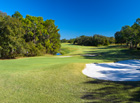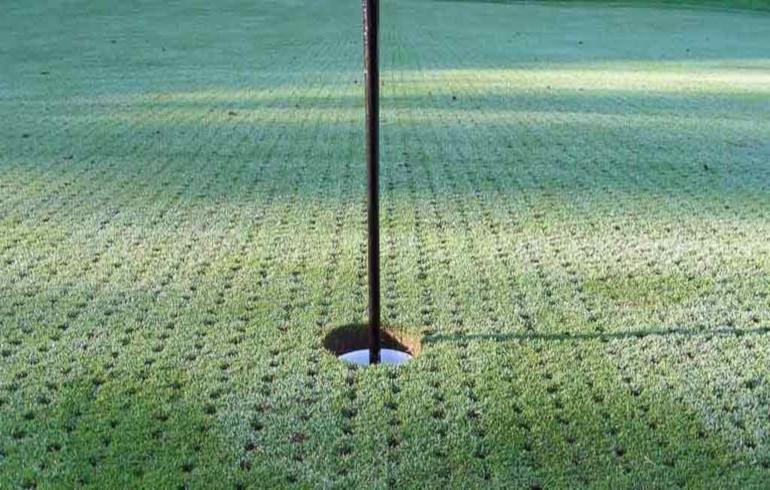
In March of 2016, we provided some insights into our philosophy regarding golf course maintenance. In that case, we focused on our decision to not overseed our courses (Part 1 and Part 2). That decision, in the long run, has provided for much more natural and higher quality golf course conditions year-round, than if we continued to overseed. There is a trend that many courses are getting away from the practice of over-seeding, both in and around the U.S. as well as internationally, with the benefits of providing for longer term course health, and in being more environmentally friendly, thanks to the reduced use of water, fertilizer, and other chemicals that would be otherwise be used.
Another course maintenance tradition, typically performed in the Spring and in the Fall of each year, is golf course aeration. We recognize that this course maintenance procedure, in particular, disrupts your play on the courses, as it affects the smoothness of the greens, and thus the roll of the ball to the cup. The United States Golf Association (USGA) also recognizes the inherent disruption associated with course aeration, and why we tend to engage in this process, seemingly paradoxically, when the greens are in their best shape. The Golf Course Superintendents Association of America (GCSAA) has also recognized the disruption associated with aeration.
It is our goal to minimize the disruption associated with the aeration of the courses, and we take multiple steps to achieve this in our course maintenance procedures, through the use of specialized equipment, topdressing of the greens and other additional measures such as proper fertilization.
Aeration of the courses, as noted, is critical to maintaining health course conditions.
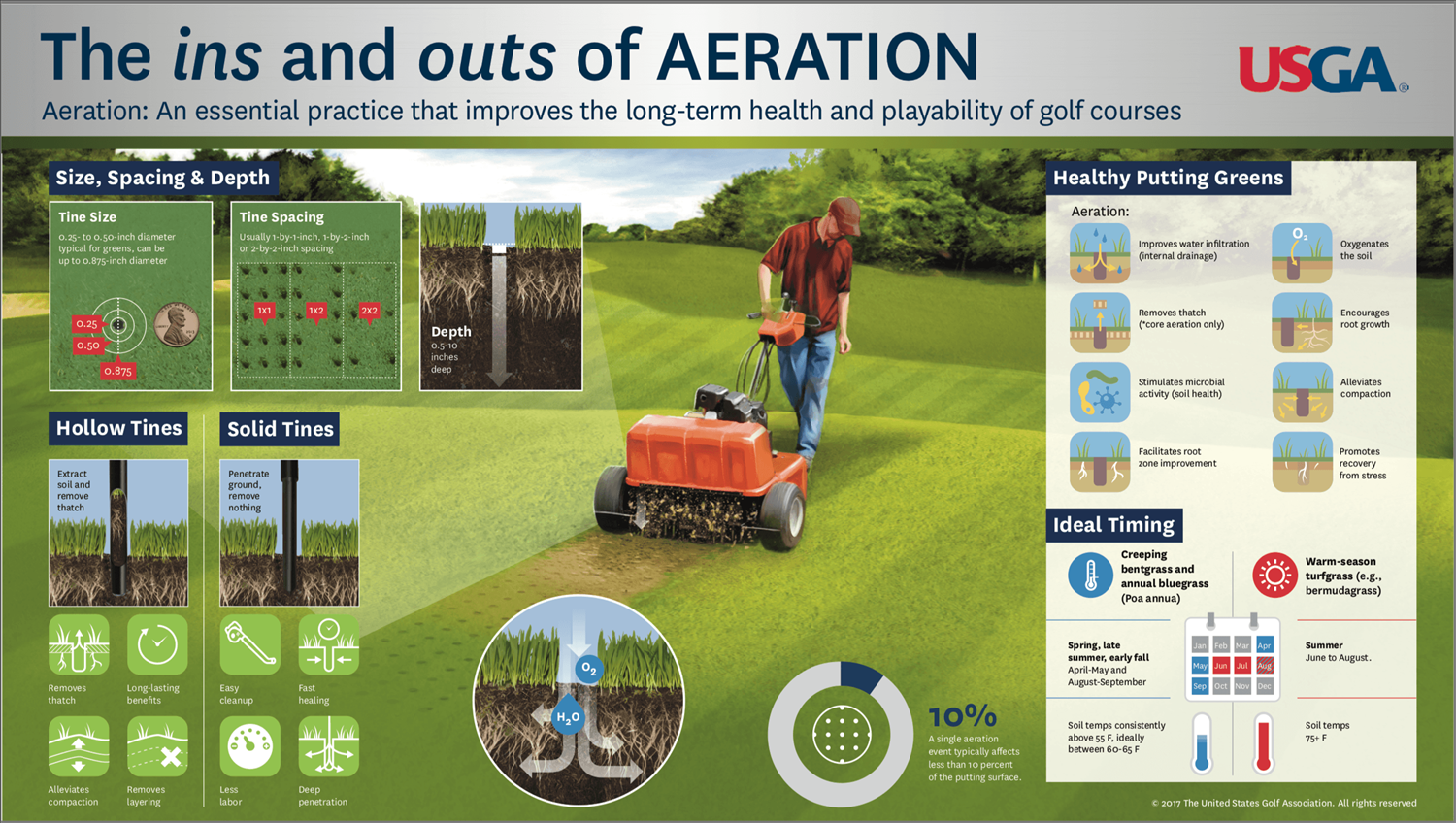
There are three primary benefits to aeration, tied to reducing the accumulation of organic matter on the greens over time, as well as the impact of the compaction of the greens as players walk on them:
- Allows for increased oxygen levels in the soil, which helps to promote the health of the grass
- Stimulates root growth, which strengthens the grass, making it less susceptible to pressure by weeds or insects.
- Improves the drainage of the greens, where the accumulated organic matter, which would otherwise act like sponges, would retain water, and therefore, increasing the risks of damage.
Each of these characteristics improve the health of the courses by controlling the amount of organic matter on the surface, and within the soil profile beneath the surface, which, if left uncontrolled, would also increase the risk of disease, the damage done by ball marks, foot prints and other wear and tear on the greens over time.
At Walt Disney World® Golf, operated by Arnold Palmer Golf Management, we are committed to providing you with world-class facilities and services and these course management procedures are an integral part of meeting that goal.
We look forward to welcoming you to the "Happiest Place on TURF!"
